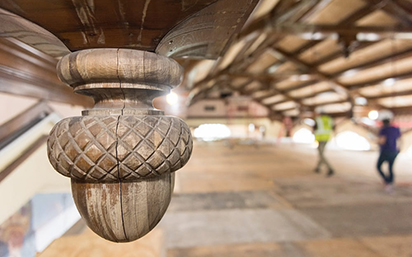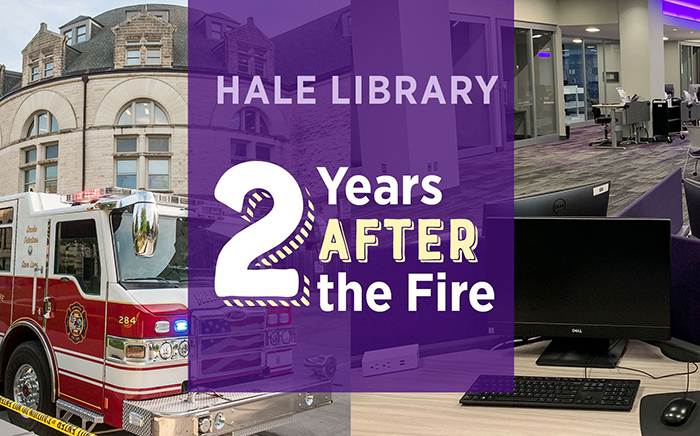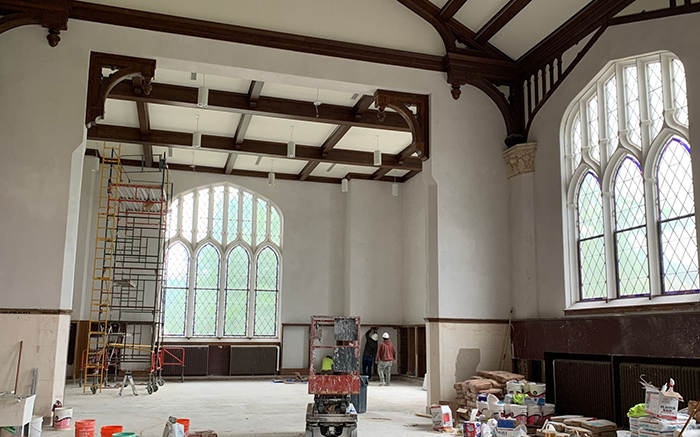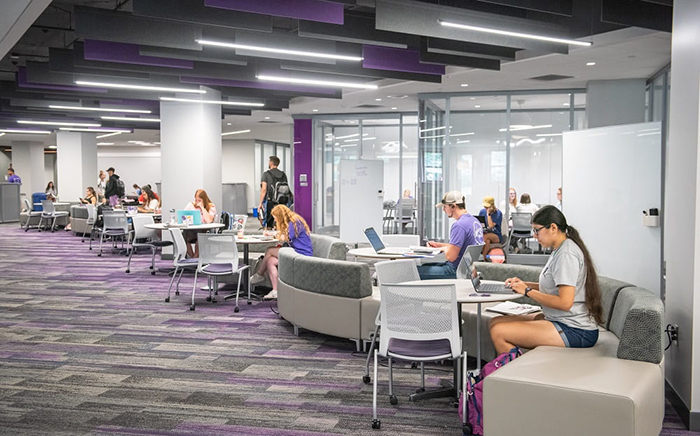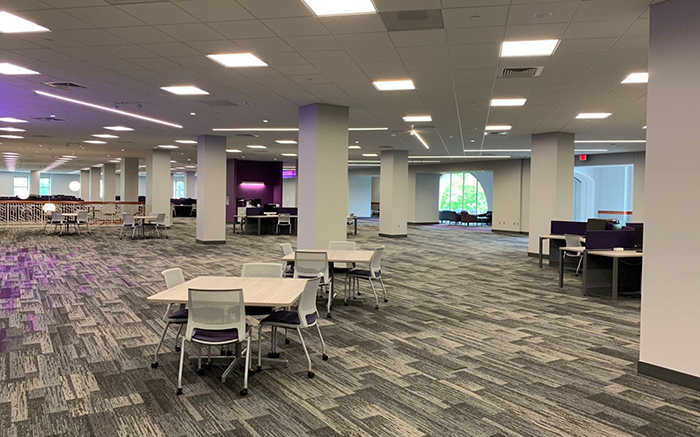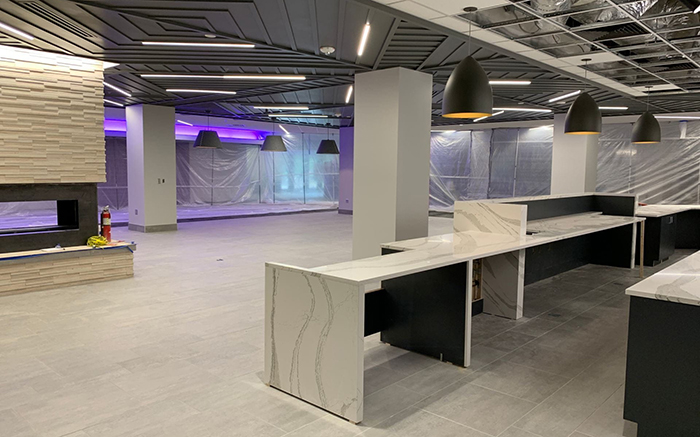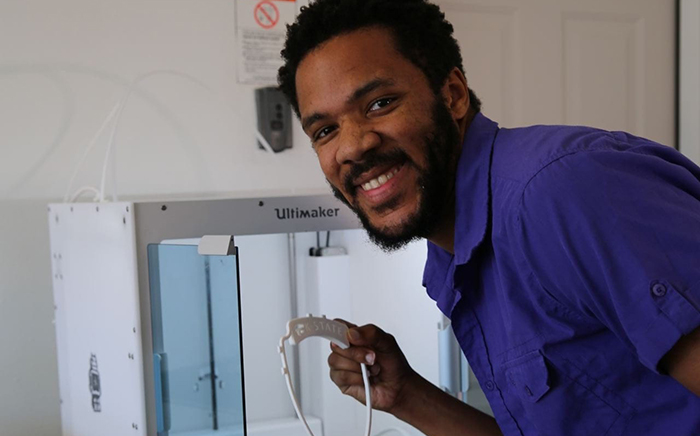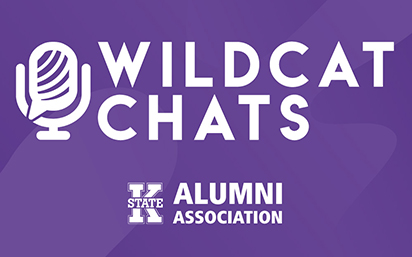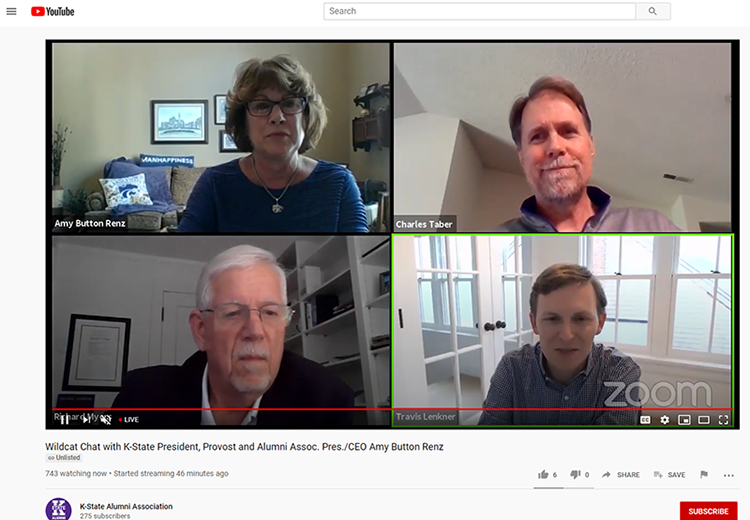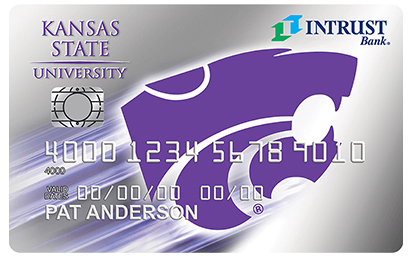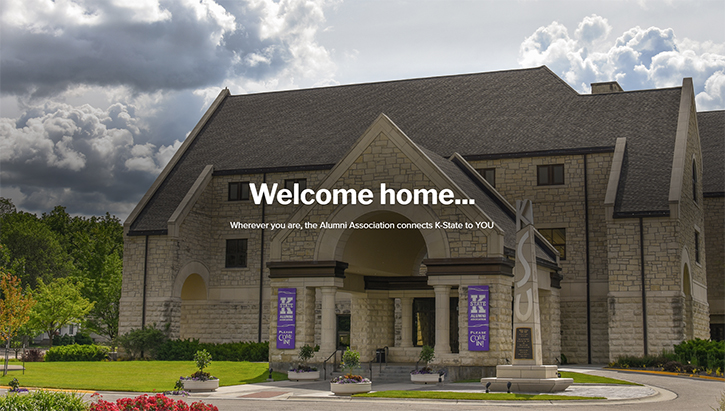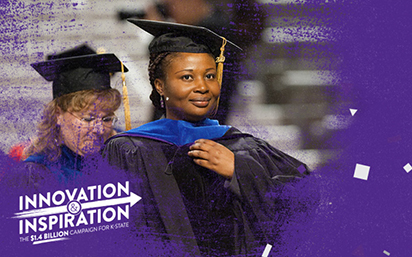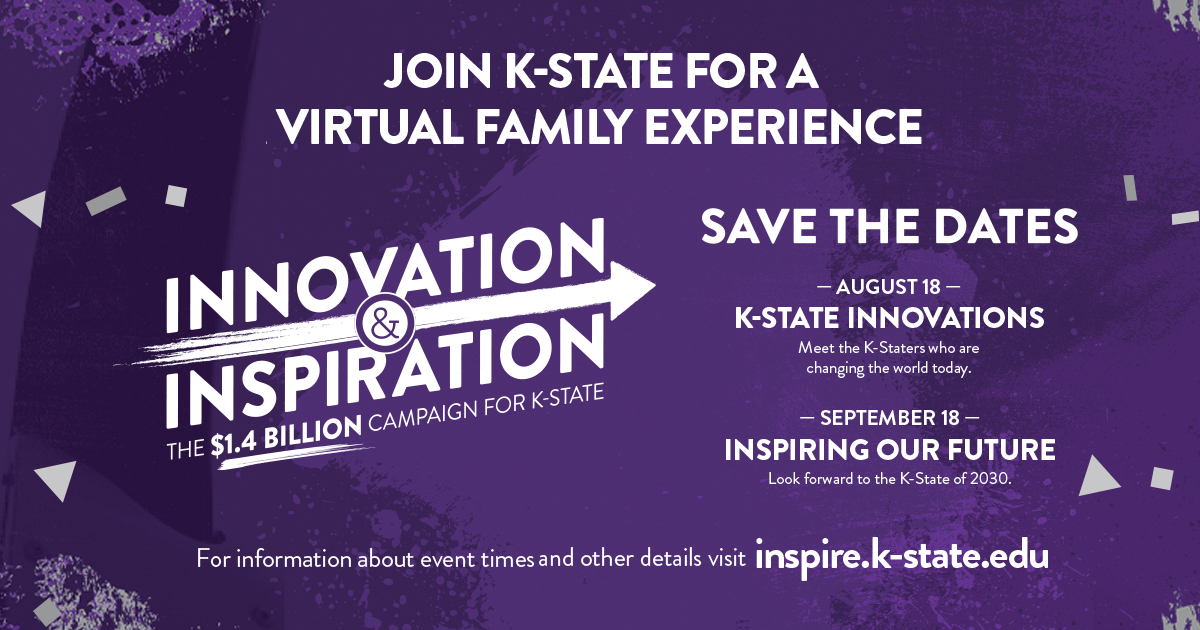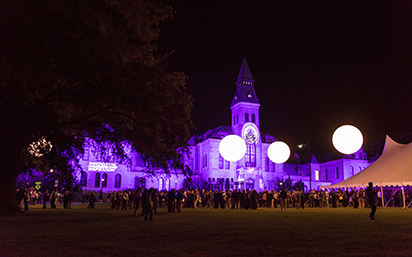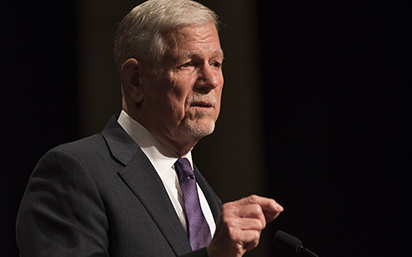
A message from President Myers on K-State and racism
Dear K-State community:
This week I have heard from hundreds, if not thousands, of K-Staters who are concerned
about a range of issues surrounding Black Lives Matter and the recent outrage over
racist tweets. Their messages have one common theme: They want to eliminate the hurtful
and hateful speech on our campuses.
Many perspectives have come forward, and not all are in alignment. This reminds me
that we’re still continuing on a long journey that started in 1863 when our university
was founded during the Civil War. Kansas began as a free state, a distinction that
carries enormous weight. While it may seem like ancient history, the vestiges of that
struggle remain in our country today. The Black Lives Matter movement tells us there
is still much work to be done to remove the stain of racism.
Democracy is a messy system devised by humans who all have imperfections. Many times
the answers or decisions we have to live with are also imperfect. What’s happening
around us now feels like one of those times. Recent events highlight a fundamental
tension in our society. On one hand, we are one of only a few countries that allow
citizens the freedom to peacefully protest against their government. Because of that
freedom, on the other hand, we sometimes have to hear thoughts or ideas that are not
only abhorrent, but may cause people to fear for their personal safety.
When I was in Vietnam as an Air Force fighter pilot, I had sworn to support and defend
our Constitution, including the freedom of expression. While I was fighting in the
air over Southeast Asia, there were those back home protesting the war and calling
our servicemen and servicewomen vile names. Of course, I didn’t agree with their hurtful
statements, but I did agree to risk my life and die if necessary for their freedoms.
Students, faculty, staff and alumni who are badly hurt or embarrassed for our university
are rightly calling for social justice and demanding change. The university supports
these demands and believes actions are needed. When society cries out for justice,
we must listen and proceed in making changes within the limits of the law.
Universities have always been places where controversial ideas can be widely shared
and discussed. Our goal, embedded in our Principles of Community, is that this discourse
be civil, with participants being treated with dignity and respect. We want every
student on our campuses, as well as all faculty and staff, to know they are safe and
to be treated with respect and common decency. These have been our values since our
founding. There is no place on our campuses for racism, hate and bigotry.
Many ask: What can we do? They say we need more than words — we need action.
What we can do is rise up in peaceful protest and let those who spew hatred and bigotry
know that we have an even stronger voice. As your president, I’m willing to join these
protests and amplify your voices, particularly for those individuals from marginalized
populations who are the most vulnerable in these situations.
I’ve asked our administration to fast-track action plans to combat racism and bigotry
and other forms of social injustice. We’ll make every effort to make sure everyone’s
voice is heard as we address these very serious concerns.
I am sorry these incidents have caused our K-State family great pain and for some
to fear for their personal safety. We pledge to work together to protect the well-being
of everyone as we strive to eliminate racism, hatred and bigotry on our campuses.
Richard B. Myers '65
Kansas State University president
***
Read more about K-State's action plans to promote diversity and inclusion:
University Plan
Athletics Plan

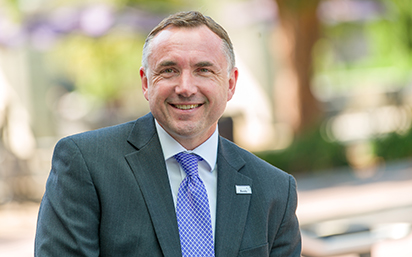
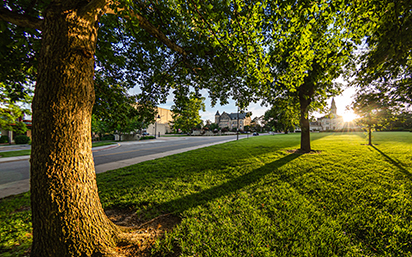
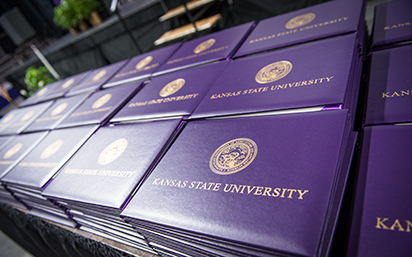 Falling in line with the university’s adjusted semester schedule, spring, summer and
fall 2020 graduates are invited to participate in combined commencement ceremonies
Nov. 20 for the Polytechnic campus and Nov. 23 and 24 for the Manhattan campus. The
university’s traditional spring commencement ceremonies were cancelled due to COVID-19.
Falling in line with the university’s adjusted semester schedule, spring, summer and
fall 2020 graduates are invited to participate in combined commencement ceremonies
Nov. 20 for the Polytechnic campus and Nov. 23 and 24 for the Manhattan campus. The
university’s traditional spring commencement ceremonies were cancelled due to COVID-19.